Strolling in Shanghai | From Ancient Charm of Fangta to Trendy Silos! A Complete Guide to Shanghai University Korean Student KIM DOYEON's Heartwarming Journey Through Songjiang
Songjiang, a place steeped in profound history, is widely regarded as a land of scholars and art, a hub of culture and museums, and the capital of film and television.
Today, Kim Doyeon, a Korean student from the School of Economics at Shanghai University, brings you a unique travel guide to Songjiang.
Come take a look!
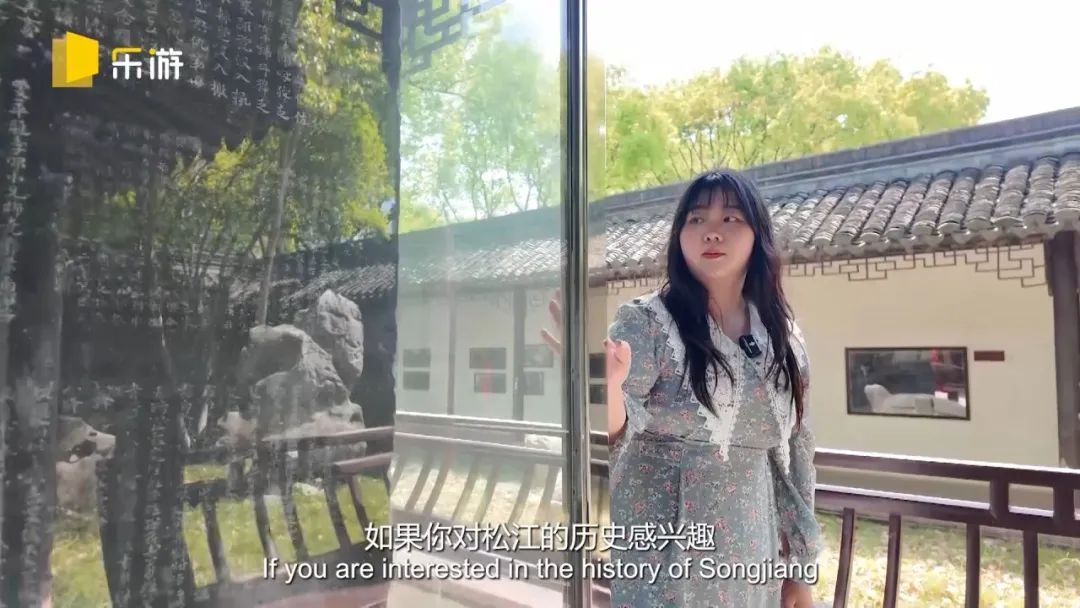
First Stop: Songjiang District Museum

The Songjiang District Museum is a comprehensive regional museum located at No. 233 Zhongshan East Road in Shanghai's Songjiang District. Its exterior features a traditional Chinese architectural style, reflecting the classic Jiangnan (South of the Yangtze) design. The entrance is designed in the form of an ancient gate tower, flanked by a pair of stone lions from the Ming Dynasty.
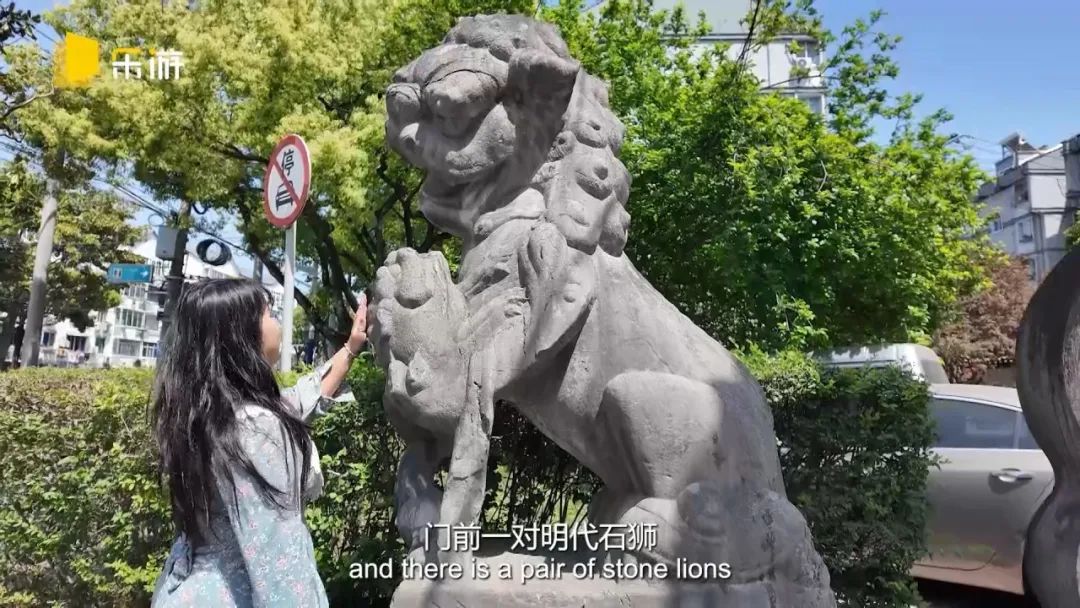
The museum complex is arranged a "品" shape, with exhibition halls, storage rooms, and administrative offices forming separate yet interconnected sections. A stele pavilion and corridor stand in the southwest corner, creating a harmonious and well-proportioned architectural composition.
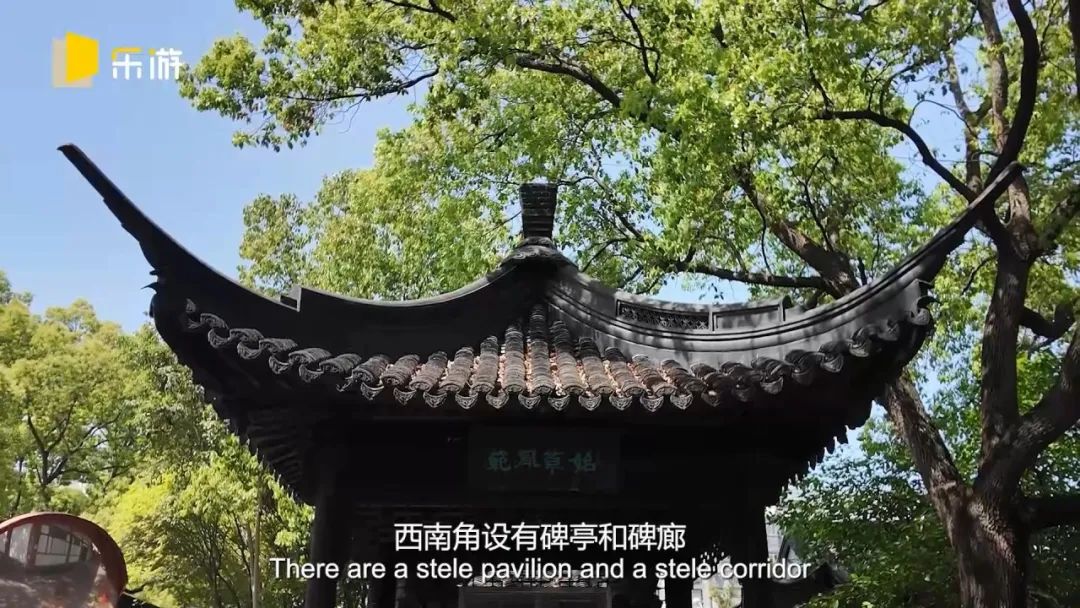
Originally established in 1915 as the Songjiang County Educational Library and Museum, the institution was destroyed during the war in 1937. A preparatory office for the Songjiang County Museum was formed in 1957, and construction of the current facility at No. 233 Zhongshan East Road began in 1981. The new museum officially opened to the public in 1984.
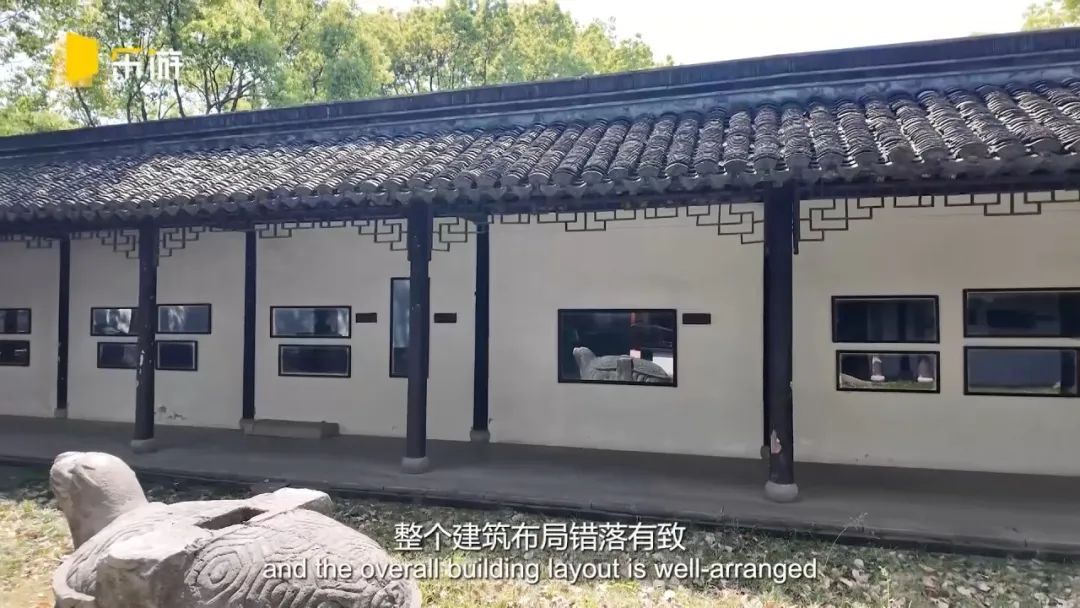
In December 2003, the Songjiang District government initiated the renovation and expansion of the exhibition spaces, with the upgraded museum reopening in November 2004. Specializing in the collection, preservation, research, and exhibition of Songjiang's historical artifacts and cultural heritage, the museum houses over 5,000 items including pottery, porcelain, jade, gold and silverware, bronze objects, and wooden artifacts. Its collection also features more than 2,000 sets of ancient texts, including rare and valuable editions, making it a truly comprehensive regional museum.
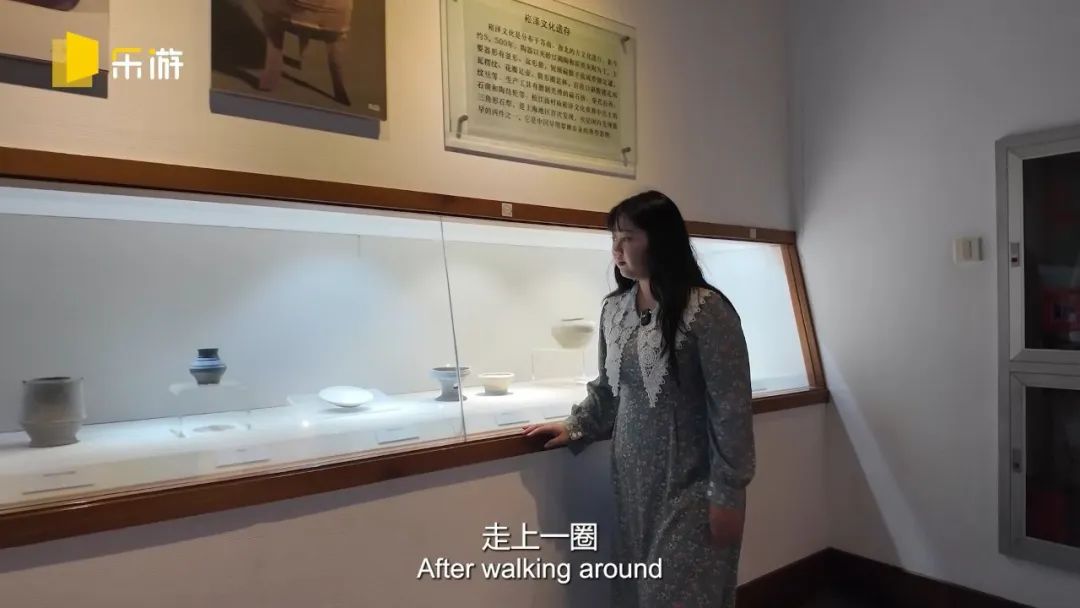
Second Stop: Fangta Garden
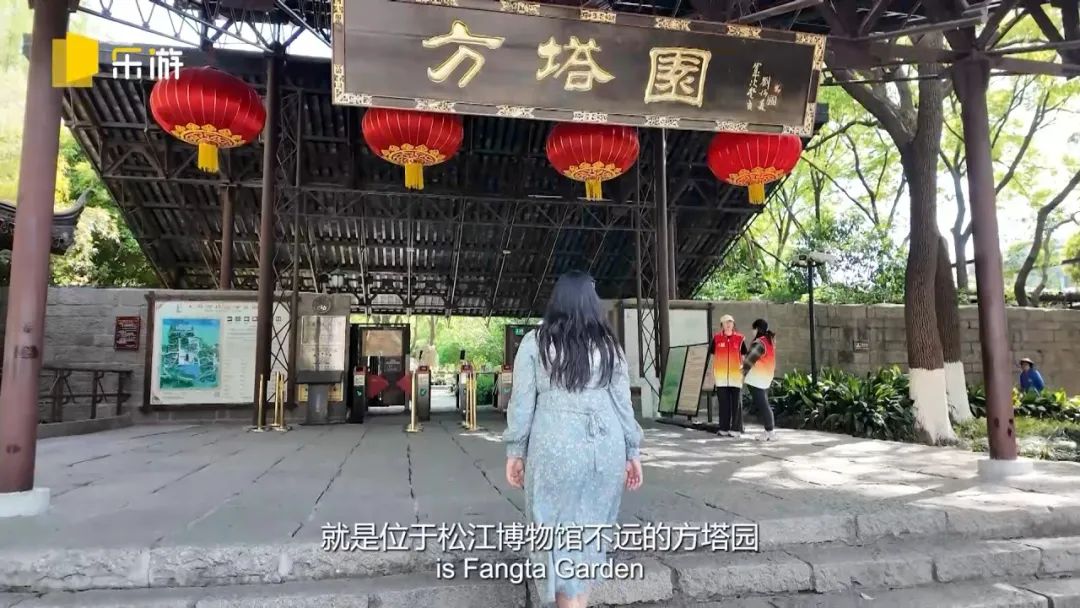
Leaving the museum behind, one casually turns a corner and suddenly finds oneself immersed in the poetic ink-wash painting scenery of Fangta Garden! This classical Chinese garden breathes with the soul of history, where every path whispers stories from the Song, Yuan, Ming and Qing dynasties.
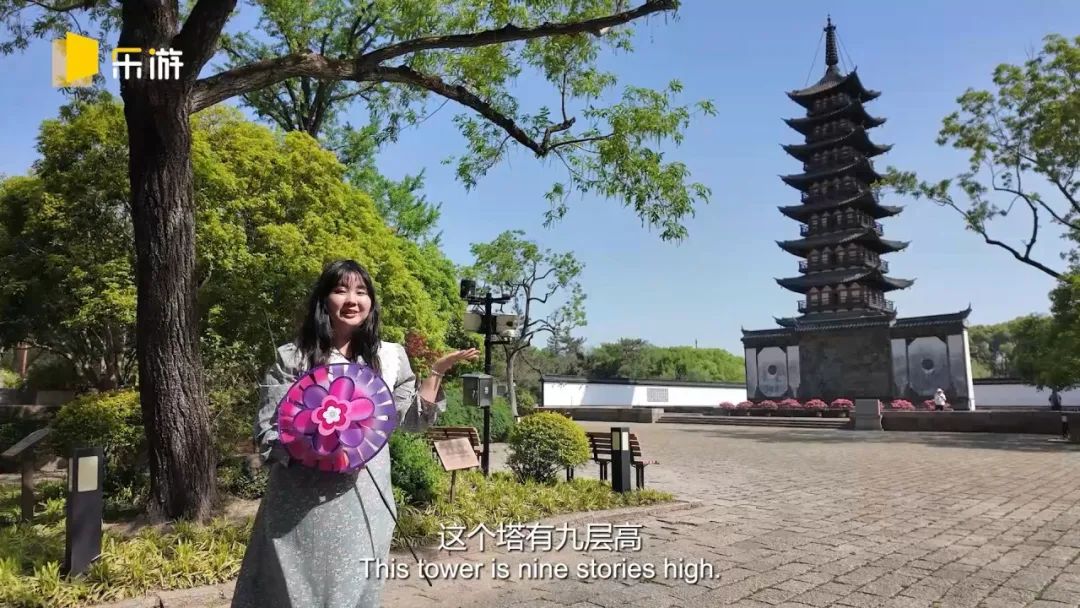
The undisputed centerpiece is the nationally treasured Square Pagoda from the Song Dynasty, originally known as the Xing Shengjiao Temple Pagoda. Wandering through the garden, visitors encounter a harmonious collection of historical gems: the magnificent Ming Dynasty brick-carved screen wall, the graceful Song Dynasty Wangxian Bridge, the elegant Ming Dynasty Lanrui Hall (also called the Nanmu Hall), and the solemn Qing Dynasty Tianfei Palace. Each structure stands as a silent witness to bygone eras. The garden's charm unfolds in countless details - Dong Qichang's calligraphy masterpieces quietly displayed in the classical corridor, the winding ancient moat path, the secluded Helou Pavilion, the Pagoda-Viewing Boat reflecting on the lake's surface, and the rugged Wulao Peak rock formation. Every element tells its own unique story.

The garden also features scenic spots such as the Qichang Corridor, Helou Pavilion, Qiusheng Pavilion, Dujinlin, Tieyi Boat, Ancient Trench Road, and Yangde Pavilion. Within this single garden, winding lakes reflect the pagoda’s shimmering shadow, while elegant bamboo groves, towering ancient trees, and lush flowers and plants complement the historic architecture. The entire landscape exudes elegance, simplicity, tranquility, and clarity, blending the charm of the Tang and Song dynasties with the atmosphere of a modern garden.
Stop 3: The Silo Hotel
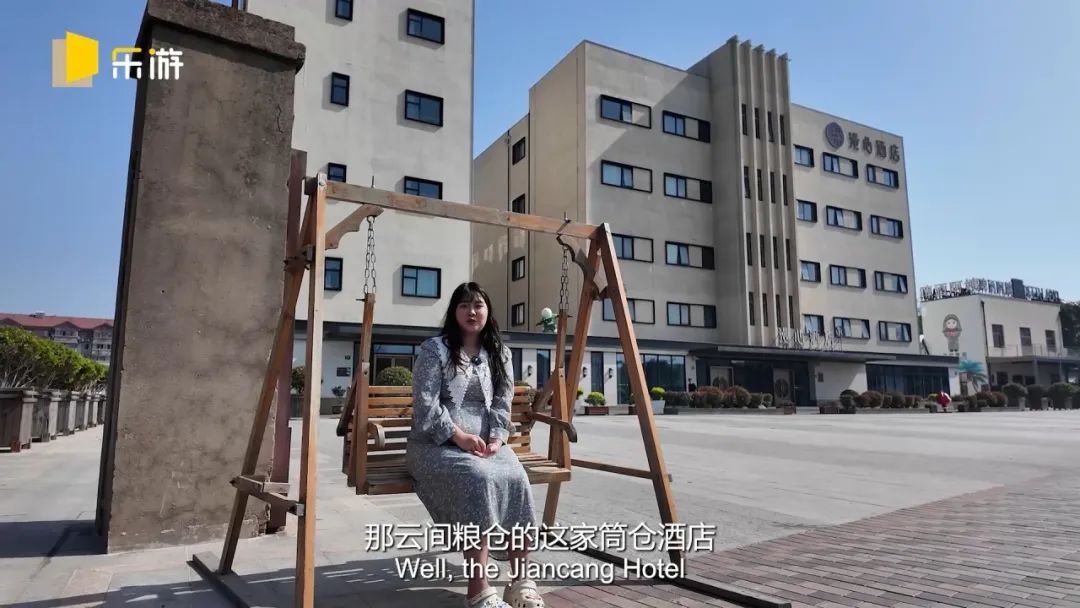
Are your feet starting to "rebel" after all that walking? Don't worry! The Silo Hotel at Yunjian Granary is here to be your perfect "energy recharge station"! Once a crucial hub for grain storage and transportation, this industrial space has been meticulously transformed into a vibrant cultural complex blending art, creativity and modern design. The hotel's industrial-chic aesthetic, fused with contemporary flair, creates photogenic corners at every turn - each snapshot worthy of a magazine spread. Inside, cozy and thoughtfully designed rooms offer the ideal sanctuary to unwind after a day of exploration.
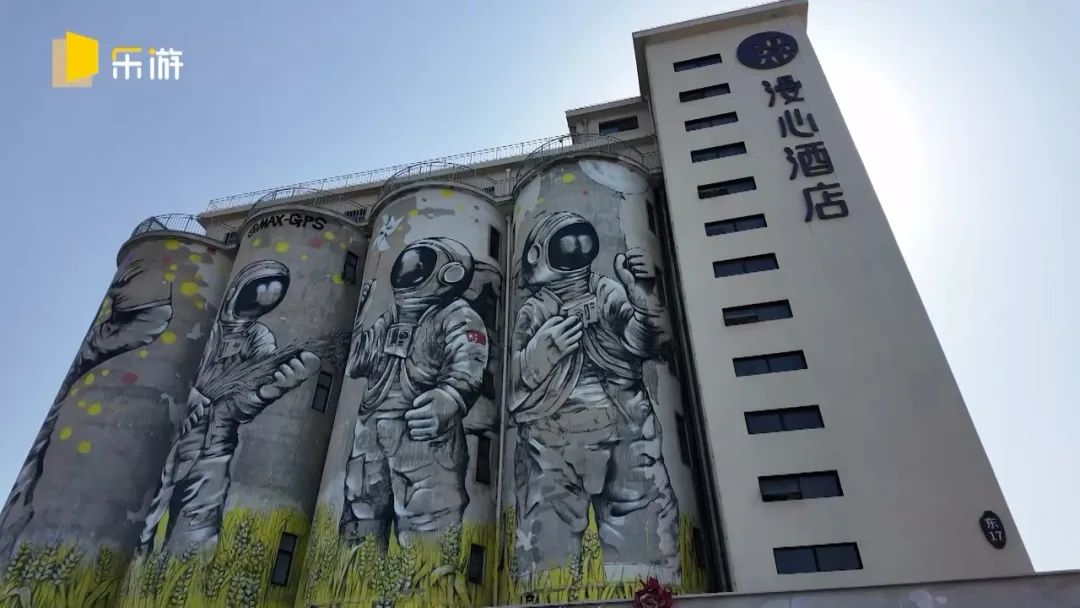
The rooms are cozy and inviting—after a long day of exploring, there’s nothing better than unwinding here. Just outside your window lies the creatively revitalized Yunjian Granary complex. In the evening, you can check out unique restaurants and artsy boutiques, immersing yourself in Songjiang’s nightlife.

Songjiang District Museum
Address: No. 233 East Zhongshan Road, Songjiang District, Shanghai
Admission: Free
Opening Hours: 9:30 AM – 4:00 PM (Closed on Mondays)
Fangta Garden
Address: No. 235 East Zhongshan Road, Songjiang District, Shanghai
Admission: 12 RMB per person
Opening Hours: 6:00 AM – 5:00 PM
Silo Hotel
Address: Building 1718, East Gate of Yunjian Granary Creative Park, No. 10053 Songjin Highway, Songjiang District, Shanghai
Source:Shanghai University
